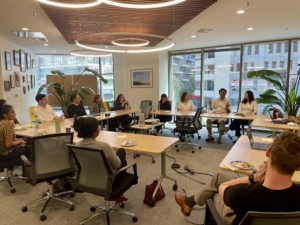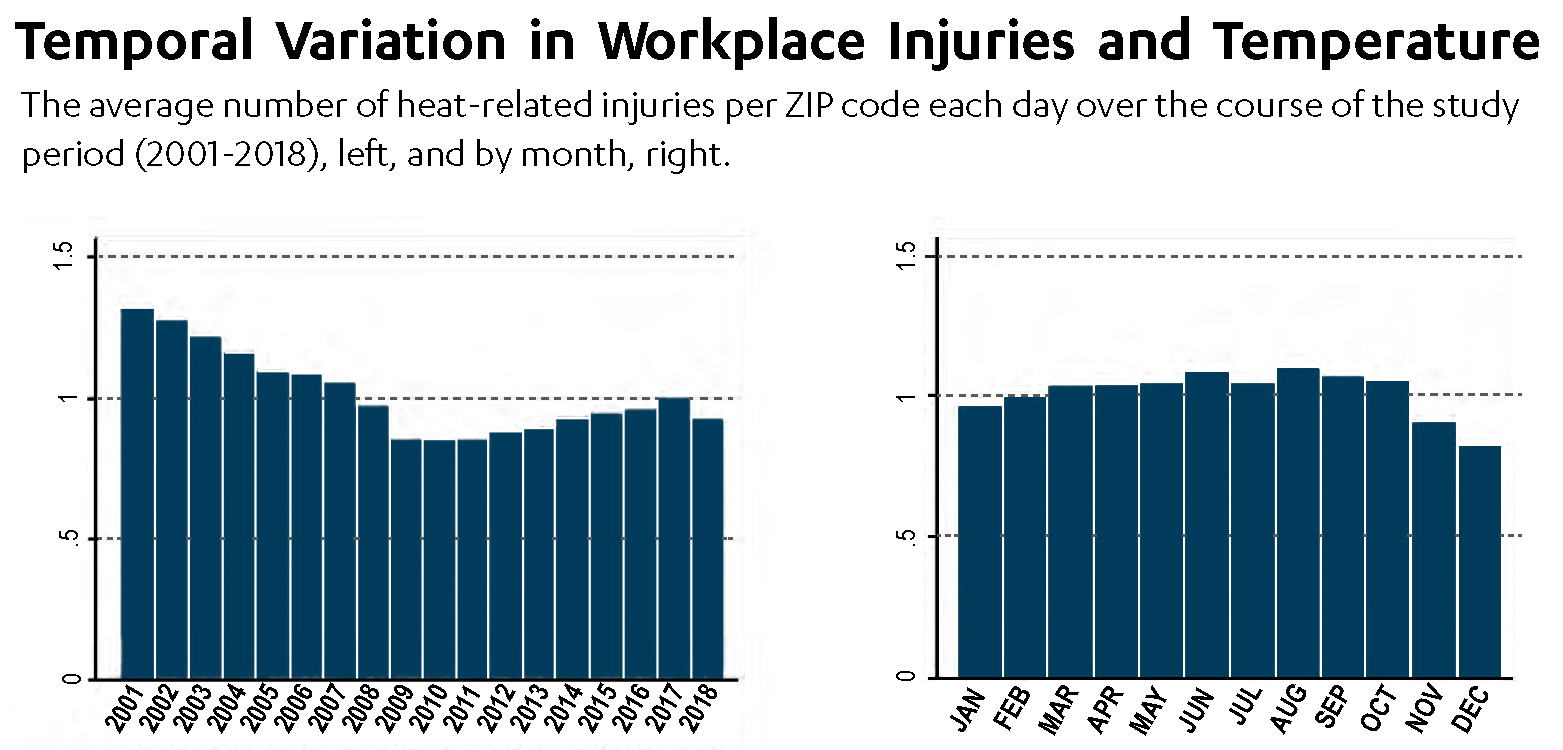UCLA Luskin Career Services Team Expands Opportunities for Students Personalized workplace tours add to a robust selection of career-focused resources
Choosing a fulfilling career path can be a complex journey, often involving trial and exploration. To help our students make informed decisions about their futures, the UCLA Luskin Office of Student Affairs and Alumni Relations (OSAAR) provides direct professional development and networking opportunities at a pivotal stage in our students’ academic and professional lives.

Luskin students met with panelists and employees at Estolano Advisors and Better World Group.
As part of this commitment, the OSAAR career services team facilitates workplace visits to leading firms in the Los Angeles area, offering students firsthand exposure to potential career paths. The most recent career tour this winter brought students to Estolano Advisors and Better World Group in Downtown Los Angeles—two prominent firms led by Cecilia Estolano MA UP ’91, a UCLA Luskin master of urban planning alumna and an active member of our school’s Board of Advisors.
Estolano Advisors is an award-winning urban planning and public policy firm, and Better World Group specializes in environmental, energy, climate, and conservation policy and advocacy. During the visit, undergraduate public affairs majors and graduate students from urban planning and public policy engaged in immersive experiences, including workplace observations, employee interactions, and a panel discussion featuring professionals from both firms—many of whom are UCLA Luskin alumni.
The panelists, comprising both recent graduates and seasoned professionals with government and non-profit experience, shared insights on their career trajectories, current projects, and the diverse opportunities within advocacy-related fields. Students gained a deeper understanding of the challenges and rewards associated with these career paths, as well as the interdisciplinary collaboration that drives success in urban planning and consulting.
For Shay Rivera-Bremner, a third-year public affairs major, the experience was particularly impactful as she begins to explore her post-college options. “It was fascinating to see the possibilities and efforts of combining community resilience, equity, and urban planning to solve problems for various stakeholders,” Rivera-Bremner said. “Talking to professionals from Estolano Advisors and Better World Group with different backgrounds demonstrated how diverse skills and perspectives can shape new ideas in this field. Seeing how these firms trust and empower their employees to lead projects and grow professionally was truly inspiring.”
OSAAR continues to expand these valuable opportunities, with an upcoming career lunch and learn in April with JCI Worldwide, a renowned public affairs and public relations firm in Santa Monica. The team aims to offer at least one career tour per quarter, supplementing a robust lineup of on-campus career-planning events, including alumni panels, internship and career fairs, personalized career counseling, and professional development workshops.
“We are thrilled to see such strong student interest in our career tour program,” said Nandini Inmula, Luskin’s assistant director of career services. “Our goal is to create meaningful connections between students and working professionals, especially during this critical transition into the workforce. We are committed to supporting our students every step of the way.”
Learn more about UCLA Luskin’s career-focused events on our website.

